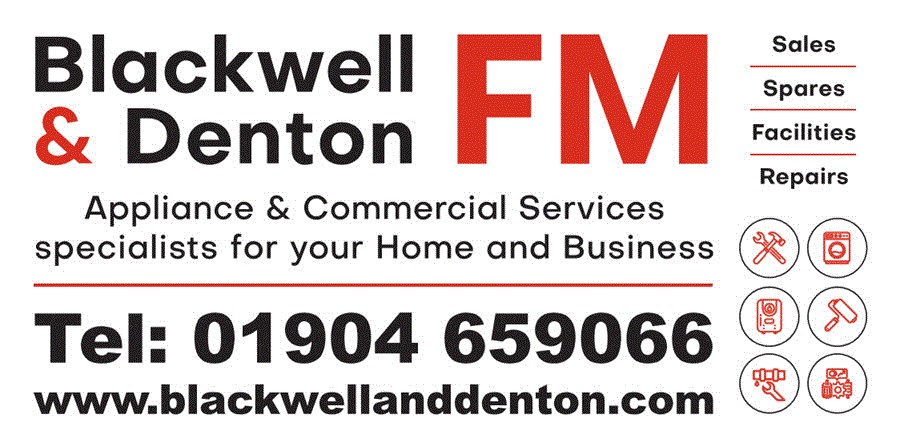Fire Safety Law
What is the fire safety law?
The Regulatory Reform (Fire Safety) Order 2005 is the law that covers general fire safety in England and Wales. (Impending changes in the Fire Regulations for your properties to be implemented from the 1st October 2023?)
In Scotland, Part 3 of the Fire (Scotland) Act 2005 covers requirements on general fire safety, supported by the Fire Safety (Scotland) Regulations 2006. (Impending changes in the Fire Regulations for your properties to be implemented from the 1st October 2023?)
As employers (or building owners or occupiers) you’re known as the ‘responsible person’ and you must carry out a fire safety risk assessment and keep it up to date. Fire risk assessments in London can be carried out either as part of an overall health and safety risk assessment or as a separate exercise.
A guide to making your small paying-guest-accommodation safe from fire.
Based on the findings of the assessment, employers need to ensure that adequate and appropriate fire safety measures are in place to minimise the risk of injury or loss of life in the event of a fire.
Your fire risk assessment should identify what could cause a fire to start, i.e. sources of ignition (heat or sparks) and substances that burn, and the people who may be at risk.
For full information on the fire safety law, please see the HSE (Click Here) page and the government’s fire safety law and guidance documents for business (Click Here) pages.
As the responsible person you must:
- Carry out an assessment of the premises and review it regularly
- Tell staff or their representatives about the risks you’ve identified
- Put in place, and maintain appropriate fire safety measures
- Plan for an emergency
- Provide staff information, fire safety instruction and training
Fire Risk Assessment Example
Example of what a fire safety risk assessment needs to includes. The purpose of a fire risk assessment is to identify the fire hazards, identify people at risk, evaluate, remove or reduce the risks, record your findings, prepare an emergency plan and provide training and review and update regularly.
The assessor will reference a question template when completing the assessment, the completed report or survey can document the following examples.
- Electrical sources of ignition
- Smoking
- Arson/wilful fire raising
- Portable heaters and heating installations
- Cooking
- Lightning
- Housekeeping
- Hazards introduced by outside contractors and builders
- Dangerous substances
- Other significant fire hazards
- Means of escape from fire
- Measures to limit fire spread and development
- Emergency escape lighting
- Fire safety signs and notices
- Means of giving warning in case of fire
- Manual fire extinguishing appliances
- Relevant automatic fire extinguishing systems
- Other relevant fixed systems and equipment
- Management of fire safety procedures and arrangements
- Training and drills
- Testing and maintenance
- Records
For fire risk assessment guidance and recommended methodology, please see the PAS 79 Fire Risk Assessment documentation available at the British Standards Institution (BSI) website.
- Details of the building Including responsible person, competent persons, floors, lifts, basements and stairwells.
- Fire protection Including firefighting facilities, fire alarm system, extinguishers, fire blankets, fire hoses, sprinkler systems and extract systems.
- Fire hazards Including sources of ignition, sources of fuel and sources of oxygen.
- People at risk Including numbers of employees, guests, visitors, customers, contractors, patients and tenants and considerations made for mobility impairment, vision impairment, hearing impairment, lone workers, elderly persons, language, substance abuse, cognitive disability and young persons
- Means of escape Including measurements and travel distances.
- Risk ratings It is common for an assessor to use a matrix for calculating risk in their report.
- Significant findings Including any problems identified and recommendations for fixing.
- Photographs and supporting evidence A fire risk assessor may ask for documents or take pictures while on your premises.
Buildings
Fire risk assessors experienced in assessing all types of buildings.

Barns, sheds, greenhouses, farmhouses and stables.

Banks, convention centre’s, forums, facilities management, garages, hotels, nightclubs, markets, high-rise buildings, resorts, shops, shopping malls, studios, supermarkets, warehouses and restaurants.

Blocks of flats, dormitories, houses, maisonettes, nursing homes, care homes, sheltered housing, town houses, Air B&B, landlords, guest houses, private dwellings, tenants, villas and bungalows.

Archives, colleges, classrooms, gymnasiums, institutions, libraries, museums, art galleries, theatres, concert halls, cinemas, schools, opera houses, universities and boarding schools.

Council, consulates, county, courthouses, embassies, fire stations, borough, general needs, local authority, local government, schemes, supported housing, parliament, police stations, post offices and prisons.

Breweries, factories, foundries and mills.

Barracks, bunkers and castles.

Churches, cathedrals, chapels, mosques, monasteries and temples.

Apartments, arenas, business, bed and breakfast, beauty salons, cafes, bookshops, clinics, clubs, community halls, construction sites, depots, day nurseries, department stores, dental practices, fast-food restaurants, sport stadiums, hairdressers, holiday homes, holiday lets, hospices, hospitals, leasehold properties, pubs, village halls, nuclear premises, ships, open air events, offices, workshops and the workplace.




